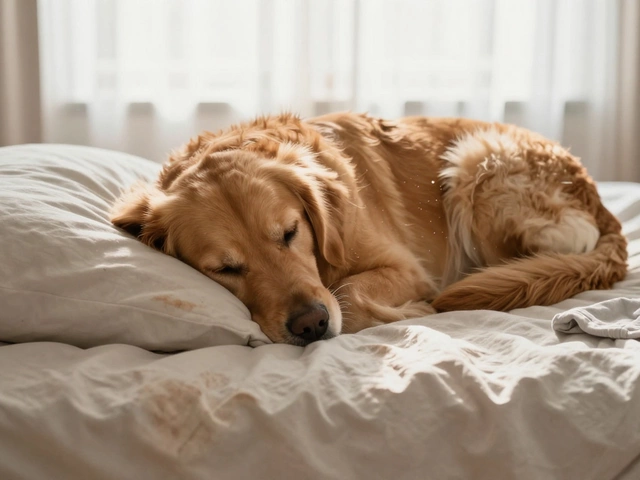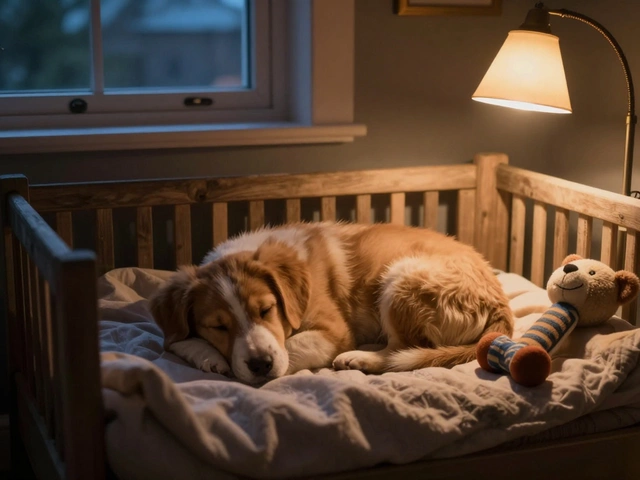Puppy Schedule: Simple Daily Routine to Keep Your New Pup Happy
Got a fresh‑off‑the‑shelter pup and wonder how to structure the day? A solid schedule does more than keep messes down – it builds confidence, speeds up housebreaking, and makes training feel natural. Below you’ll find a step‑by‑step plan that fits most breeds and works whether you’re a first‑time dog parent or a seasoned pro.
Why a Consistent Schedule Matters
Dogs are creatures of habit. When they know when meals, walks, and naps happen, stress drops and they learn faster. Consistency also helps you spot any health issues early – a sudden change in bathroom frequency or appetite is easier to catch when you have a baseline.
How to Build a 24‑Hour Puppy Routine
Morning wake‑up (7 am‑8 am): Begin with a quick potty break right after the alarm. Puppies have tiny bladders, so a bathroom run within 10‑15 minutes of waking prevents accidents later. Follow with the first meal – a measured portion of high‑quality puppy kibble or wet food. Keep the bowl down for about 15‑20 minutes, then remove it.
Play & training (8 am‑10 am): After breakfast, your pup is full of energy. Short, focused training sessions (5‑10 minutes each) work best. Teach sit, stay, and leash manners while tossing a favorite chew toy. End the block with another quick potty trip.
Midday nap (10 am‑12 pm): Even a tired puppy needs rest. Provide a cozy crate or bed in a quiet corner. A 30‑45‑minute nap is typical for 8‑12‑week pups. When they wake, head straight to the door for a bathroom break.
Lunch & social time (12 pm‑2 pm): Offer a second, smaller meal. Post‑meal, a brief walk or fenced‑yard play lets them burn off extra energy. If you have other pets, supervise gentle introductions now – this is the prime time for socialization.
Afternoon training & enrichment (2 pm‑4 pm): Work on new commands or problem‑solving games like treat puzzles. Keep sessions short, fun, and positive. Finish with a potty break and a water refill.
Evening wind‑down (5 pm‑7 pm): Provide the third main meal. After eating, a calm stroll around the block helps settle the stomach and reinforces leash etiquette. Follow with some low‑key cuddle time – puppies love bonding.
Bedtime routine (8 pm‑9 pm): Turn off bright lights, dim the room, and give a final bathroom run. Place the crate or bed in a consistent spot, maybe with a soft blanket and a favorite chew. A short “good night” cue (like saying “lights out”) signals it’s time to sleep. Expect a few wake‑ups in the first weeks; respond calmly and repeat the potty step.
Stick to this outline for at least two weeks, then tweak it based on your pup’s breed, age, and energy level. The goal isn’t a rigid checklist but a predictable rhythm that makes both you and your dog feel secure. With a clear schedule, housebreaking speeds up, training sticks, and you’ll enjoy more cuddle time instead of cleaning up accidents.

What No One Tells You About Getting a Puppy: Real Costs, Sleep, Training & a 30-Day Plan
The messy truth about getting a puppy: sleepless nights, hidden costs, training setbacks, and a realistic first-30-day plan. Clear, human advice for new owners.
read more



